Our patients' stories

Bilateral Vocal Cord Paralysis: Lailani's Story
Diagnosed with bilateral vocal cord paralysis as a baby, Lailani was unable to breathe on her own until age nine. That's when her sought treatment at CHOP’s Center for Pediatric Airway Disorders.
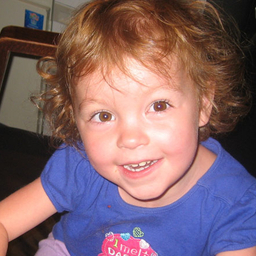
Hypoplastic Left Heart Syndrome: Maya's Story
Diagnosed before birth with hypoplastic left heart syndrome, Maya received care and life-saving open heart surgery from CHOP's Cardiac Center.
Biliary Atresia: Chris' Story
Chris has come a long way in the past year since he was diagnosed with biliary atresia, a liver disease. He has been helped by the Biliary Atresia Program at Children's Hospital of Philadelphia (CHOP).
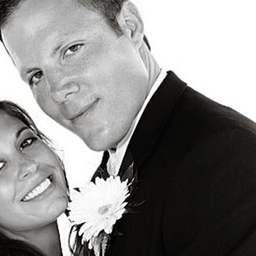
Tetralogy of Fallot: Brittany's Story
Brittany Rotonda shares her experience living with tetralogy of Fallot and how she found comfort and hope at the Philadelphia Adult Congenital Heart Center, a joint program of CHOP and Penn.
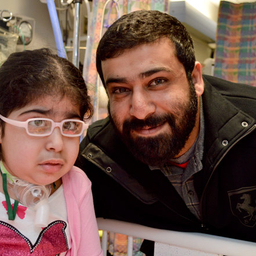
Tracheoesophageal Fistula and Laryngomalacia: Shaika's Story
Born prematurely and with many congenital abnormalities, Shaika traveled from the United Arab Emirates to Children's Hospital for care and treatment.
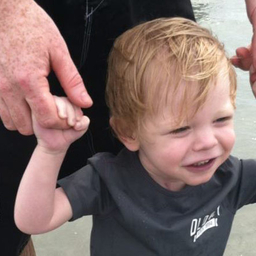
Hypoplastic Left Heart Syndrome: Xavier’s Story
Xavier was diagnosed with hypoplastic left heart syndrome before he was born. At CHOP's Cardiac Center, he's undergoing life-saving surgeries to treat this congenital heart defect.
Chromosome 22q11.2 Deletion and Tetralogy of Fallot: Jack's Story
Born with a heart defect called tetralogy of Fallot, Jack was just 9 days old when his family learned he also had chromosome 22q11.2 deletion, a rare chromosomal difference.

Tetralogy of Fallot: Ben's Story
When Diana and Corey learned their unborn baby had tetralogy of Fallot, they came to CHOP's Fetal Heart Program to better understand the diagnosis, develop a birth plan and prepare for their baby’s open heart surgery.
Diffuse Hyperinsulinism: Rianna's Story
Rianna was diagnosed with diffuse hyperinsulinism when she was 10 days old. She was referred to the Congenital Hyperinsulinism Center at The Children's Hospital of Philadelphia for treatment.

Cardiomyopathy and Heart Transplant: Julia's Story
Diagnosed with dilated cardiomyopathy as an infant, Julia was 13 when she had a heart attack at school. She received a life-saving heart transplant at The Children's Hospital of Philadelphia.

Amplified Musculoskeletal Pain Syndrome: Laurel's Story
After months of debilitating pain, Laurel found relief, support and healing from the Center for Amplified Musculoskeletal Pain Syndrome at The Children's Hospital of Philadelphia.

Spina Bifida and Fetal Surgery: Sean's Story
Prenatally diagnosed with myelomeningocele (MMC), the most severe form of spina bifida, Sean Mulligan underwent fetal surgery at CHOP to repair the birth defect.
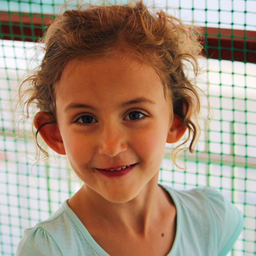
Congenital Diaphragmatic Hernia (CDH): Cora's Story
After learning their baby had CDH, the Pappas family traveled from Tennessee to seek care at CHOP's Center for Fetal Diagnosis and Treatment in Philadelphia.
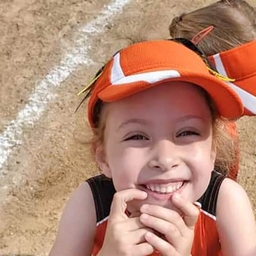
Spina Bifida and Fetal Surgery: Audrey's Story
Audrey Rose Oberio was prenatally diagnosed with myelomeningocele (MMC), the most severe form of spina bifida. She became CHOP's 1,000th fetal surgery patient.
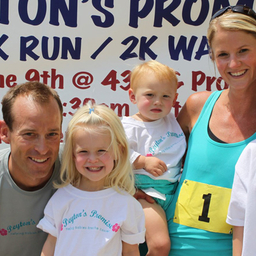
Congenital Diaphragmatic Hernia: Peyton's Story
Peyton Laricks underwent successful surgery at Children's Hospital of Philadelphia to repair a prenatally diagnosed congenital diaphragmatic hernia (CDH).
Gardner Syndrome: Felix's Story
When Felix, who is from Caracas, Venezuela, was diagnosed with Gardner syndrome, a condition that often leads to colorectal cancer, his parents found him the best care at CHOP.

Spina Bifida and Fetal Surgery: Mia Lisa's Story
After a poor spina bifida prognosis, Mia Lisa underwent fetal surgery for spina bifida at CHOP, where surgeons repaired the opening her spine before birth.
Bronchopulmonary Sequestration (BPS): Luke's Story
Luke Kelly came to CHOP for lifesaving care after being prenatally diagnosed with a type of lung lesion called bronchopulmonary sequestration (BPS).
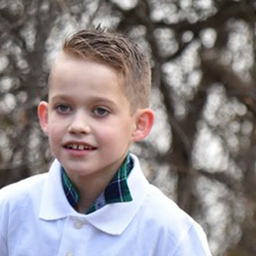
Spina Bifida: Caoimhghin's Story
Caoimhghin was diagnosed before birth with spina bifida, and was the very first baby delivered in the Garbose Family Special Delivery Unit at CHOP.
Chronic High Airway Obstruction Syndrome (CHAOS): Faith's Story
Faith was delivered via EXIT procedure and treated for chronic high airway obstruction syndrome (CHAOS) at Children’s Hospital of Philadelphia.